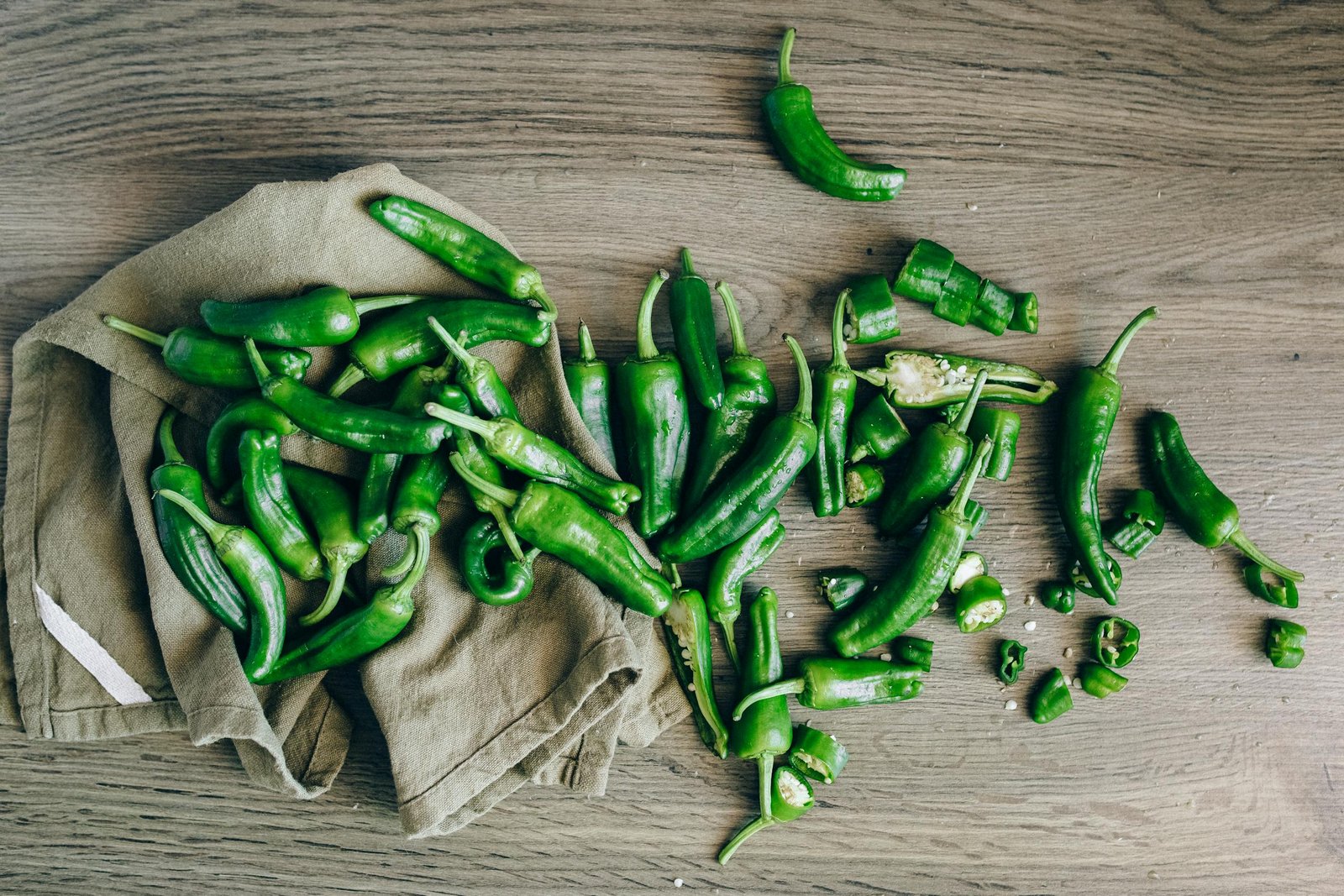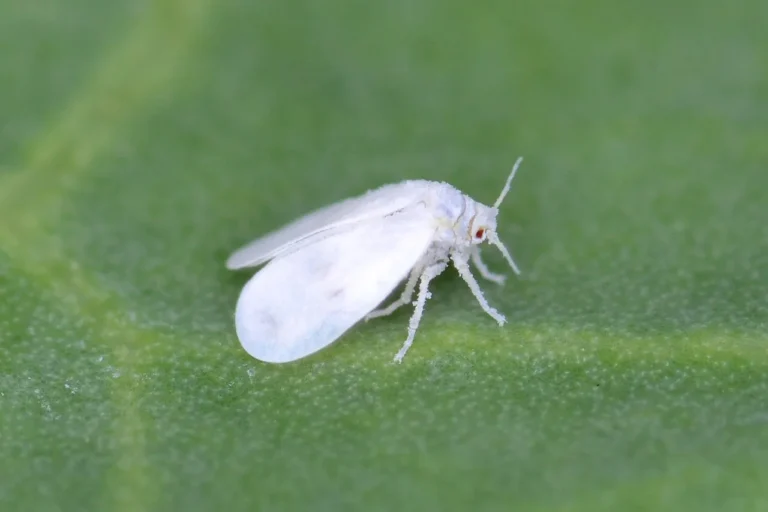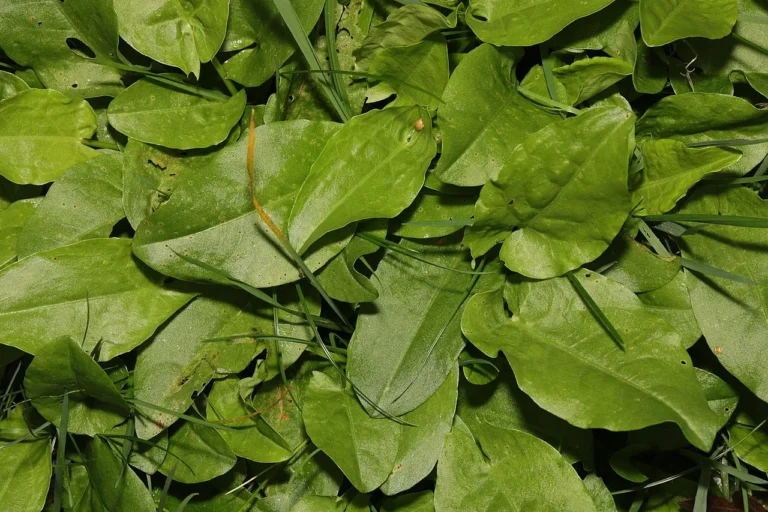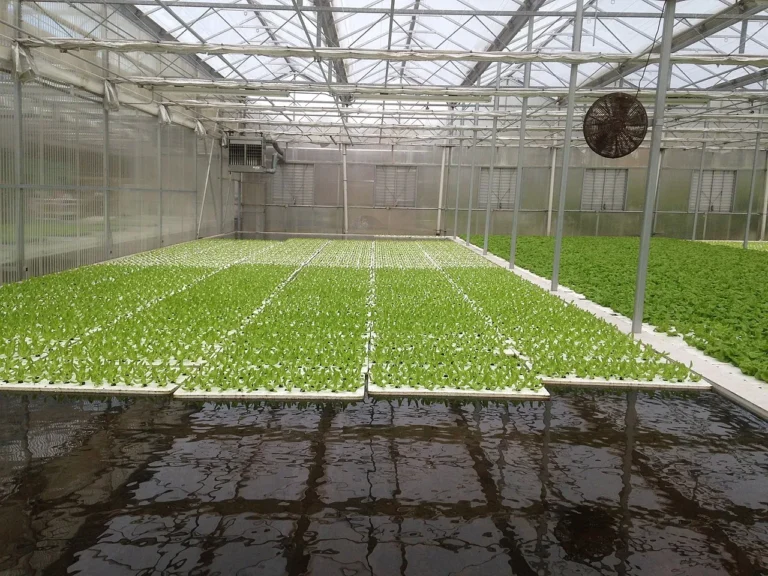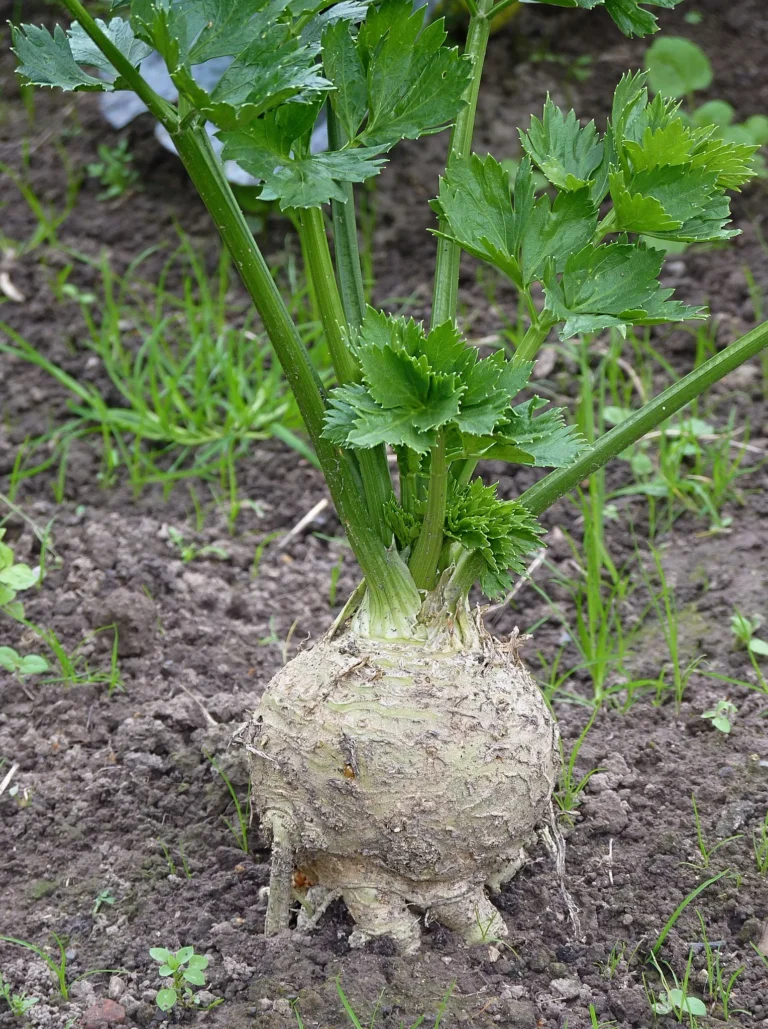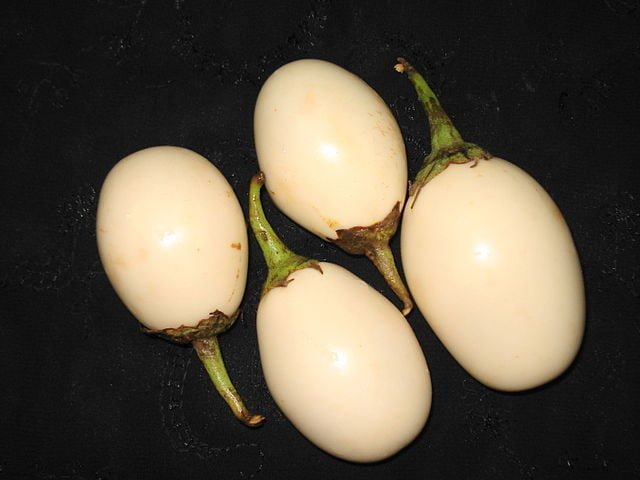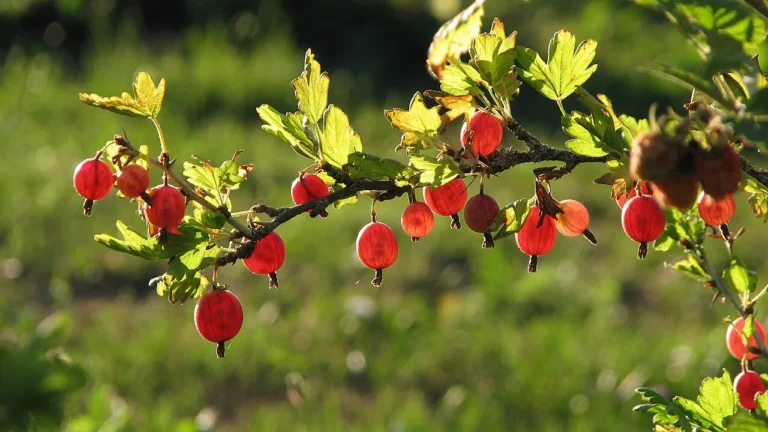Serrano Peppers: A Beginner’s Guide to Growing Serrano Peppers
Serrano peppers, famous for their crisp texture and moderate to high heat level, are an excellent choice for spice enthusiasts looking to bring some zest to their home garden. Whether you enjoy them fresh, pickled, or in salsas, these compact yet potent peppers can deliver a flavourful punch. Growing Serrano peppers is a straightforward process, perfect for beginners and seasoned gardeners alike. Here’s your simple guide.
Choosing Your Variety
While traditional green Serrano peppers are the most common, other varieties like the red ‘Serrano Tampiqueno’ or yellow ‘Serrano del Sol’ can offer a pop of colour and a slightly different flavour profile. Choose a variety based on your heat preference and the aesthetic you desire for your garden.
How to Start Serrano Peppers From Seed
Begin your Serrano peppers indoors 8-10 weeks before the last expected spring frost. Sow the seeds in a seed-starting mix, maintaining a warm and consistently moist environment. Once the seedlings develop 2-3 sets of true leaves, they’re ready to be moved outdoors.
Transplanting Outdoors
Transplant your Serrano peppers once the danger of frost has passed and soil temperatures consistently stay above 60°F. Choose a location that receives full sun and has well-drained soil with a pH of 6.0-7.0. Space the plants 12-24 inches apart to give them room to grow.
Care and Maintenance
- Watering: Serrano peppers, like most peppers, require regular watering. Water deeply once the top inch of soil is dry, avoiding waterlogging the soil.
- Fertilizing: A balanced vegetable fertilizer will provide the necessary nutrients for your plants. Be cautious not to over-fertilize, which can lead to leafy plants producing fewer peppers.
- Mulching: Apply organic mulch to retain soil moisture, suppress weeds, and keep the soil temperature consistent.
Pest and Disease Control
Common pests, including aphids and pepper maggots, can be controlled organically through insecticidal soap or the introduction of beneficial insects. To prevent diseases like bacterial spot or Phytophthora blight, ensure good air circulation, avoid overhead watering, and practice crop rotation.
Harvesting
Serrano peppers usually mature in 75-80 days, and they can be harvested while green or left on the plant to ripen to a red colour, which will increase their heat. Use a pair of scissors or a sharp knife to cut the peppers off the plant, leaving a small portion of the stem attached.
Growing Serrano peppers in your garden can be a delightful and rewarding experience. These vibrant peppers not only add a burst of colour to your garden but also provide a fresh and spicy ingredient for your culinary creations. With these easy steps, you’ll be on your way to cultivating a spicy harvest in no time. Happy gardening!

